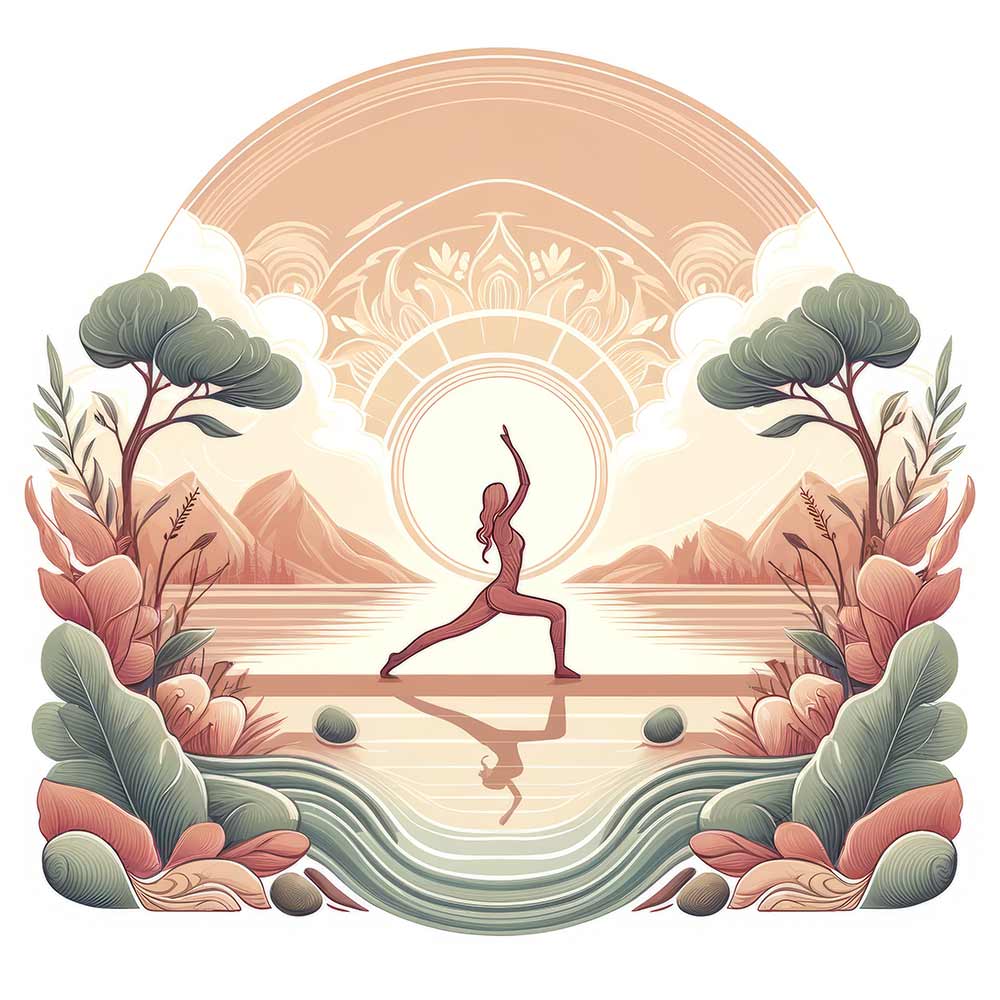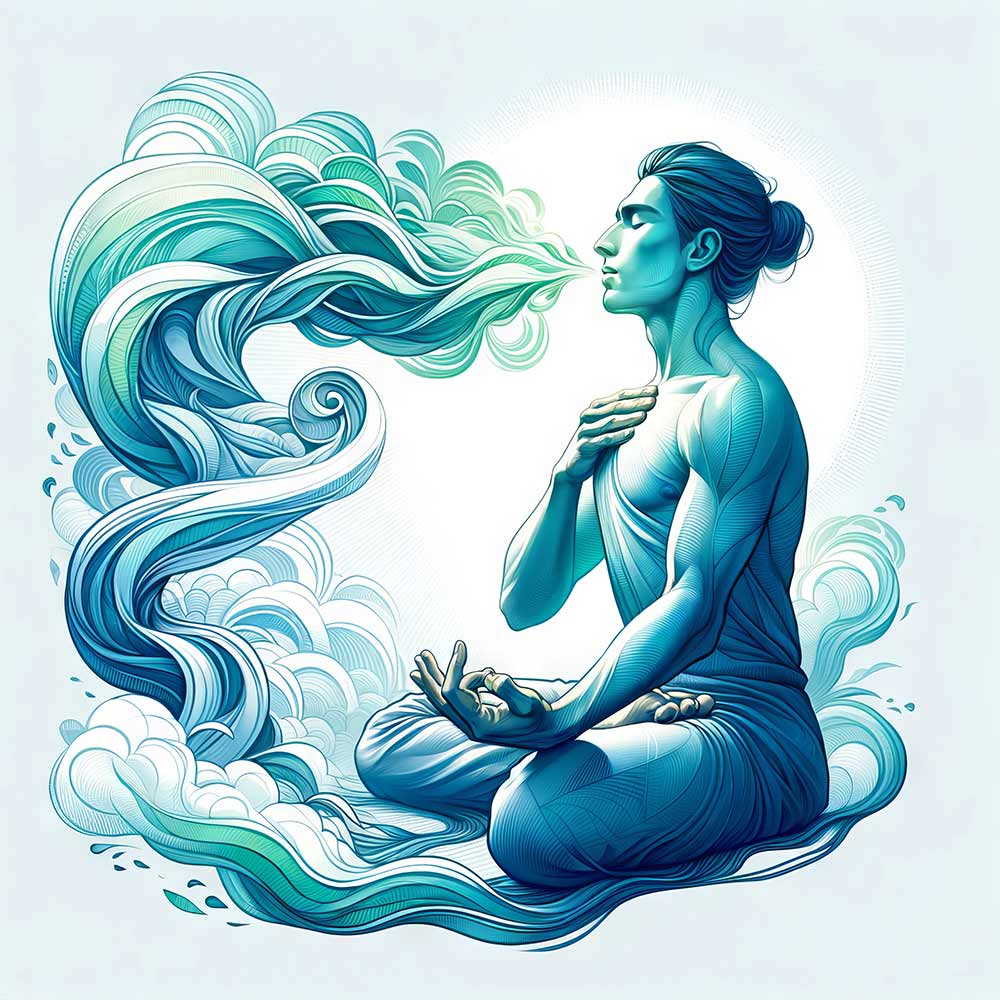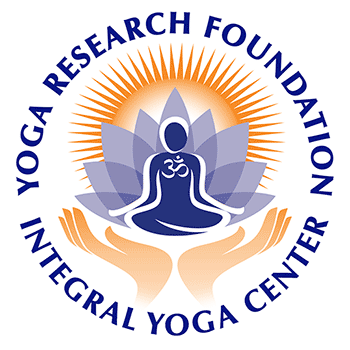Introduction to Part 4: Advancing Physical and Energetic Practices
As we venture deeper into our series “Unlocking the Self: A Journey through Raja Yoga with Sri Swami Jyotirmayananda,” we have explored the foundational ethical principles and personal observances that prepare us for a profound yogic journey. In the first three parts, we delved into the Yamas and Niyamas, which are essential for cultivating an ethical base and a disciplined personal environment conducive to spiritual growth.
- Part 1 introduced us to the Yamas, the moral restraints that guide us in interacting harmoniously with the world around us.
- Part 2 expanded on this foundation by exploring the Niyamas, which focus on personal practices that enhance our internal purity, contentment, and self-discipline.
- Part 3 built upon these ethical and personal disciplines, emphasizing their role in preparing us for the deeper and more introspective practices of yoga.
With this strong foundation, we now turn to Part 4, focusing on Asana, Pranayama, and Pratyahara. These practices are not only about physical health but are crucial for developing control over our energies and senses, which is essential for achieving higher states of consciousness:
- Asana (Physical Pose) helps in maintaining physical health and stability, allowing for extended meditation without discomfort.
- Pranayama (Control of Vital Energy) teaches us how to regulate our breath and, by extension, our energy and emotions, fostering an inner environment of calm and readiness.
- Pratyahara (Withdrawal of the Senses) enables us to detach from external stimuli and direct our focus inward, cultivating a profound depth of concentration necessary for advanced meditation.
In Part 4, we will explore these practices in detail, understanding their significance in the broader context of Raja Yoga and how they interlink to form a cohesive pathway towards spiritual awakening and enlightenment.

Asana: The Foundation of Physical Health in Raja Yoga
Introduction to Asana in Raja Yoga
In the vast discipline of Raja Yoga, Asana plays a crucial role not just as physical exercise but as a preparatory stage for deeper spiritual practices. It cultivates discipline, strength, and flexibility, enabling practitioners to sit comfortably in meditation for extended periods— a vital component for advancing their spiritual journey.
Hatha Yoga and Its Role
While many associate Hatha Yoga primarily with physical postures, its scope extends far beyond mere physicality. It aims to harmonize the body with the mind, making it an essential part of Raja Yoga. Through regular practice of Asanas, the body achieves a state of health and vigor, which is minimally taxing yet maximally effective, facilitating a seamless flow into states of heightened awareness.
Preparing the Body for Meditation
The practice of Asanas is not about achieving physical prowess but about preparing the body to become a stable foundation for the mind. This stability allows practitioners to adopt meditative poses without discomfort, letting their focus shift entirely to mental and spiritual exercises. The physical discipline also mirrors the mental discipline required in meditation, making it easier to maintain a meditative state for longer durations.
Asanas for Enhanced Awareness
By engaging in Asana practice, yogis experience an increased physical awareness that translates into mental and spiritual insights. This awareness is not confined to the yoga mat; it extends into daily life, helping practitioners become more mindful and present in every moment.
Benefits Beyond Physical Health
Asanas, while beneficial for physical health, also have profound effects on the mental state. Regular practice helps reduce stress and anxiety, enhances concentration, and promotes a deep sense of well-being that supports spiritual growth.

Pranayama: Mastering the Vital Energy
Understanding Pranayama
Pranayama, the practice of controlling the breath, is a fundamental aspect of Raja Yoga, pivotal for regulating the life force (Prana) that flows through us. This practice isn’t just about breathing exercises; it’s about mastering the energy that underpins both physical vitality and mental clarity.
Connection Between Prana and Mental State
Swamiji teaches that Prana is intrinsically linked to our mental states. When we are content and positive, our Prana is robust and vibrant, enhancing our energy levels and promoting health. Conversely, sadness or stress can deplete our Prana, leaving us feeling fatigued and lethargic. Through Pranayama, we learn to regulate these energy flows, directly impacting our emotional and psychological well-being.
Techniques and Benefits
Pranayama involves a variety of techniques that range from simple deep breathing to more advanced exercises like Kapalabhati (shining skull breath) and Anulom Vilom (alternate nostril breathing). These practices:
- Enhance lung capacity and oxygenation of the blood.
- Improve concentration and mental focus.
- Increase energy and reduce feelings of stress and anxiety.
Cultivating Vital Energy
Pranayama aims to cultivate and harness this vital energy, making it available for higher levels of consciousness. Regular practice helps maintain this energy at an optimum level, allowing the body to utilize it efficiently for various functions, including digestion and immune response. This cultivated energy is a crucial asset in the journey towards spiritual awakening and Self-realization.
Pranayama as a Preparatory Step for Higher Practices
By mastering Pranayama, practitioners prepare themselves for the next stages of Raja Yoga, particularly Pratyahara and meditation. Control of breath leads to control of the mind, setting a foundation for achieving deeper meditative states without distractions.

Pratyahara: Cultivating Sensory Mastery
Pratyahara stands as a crucial phase in the journey of Raja Yoga, acting as the threshold between the outward-focused disciplines of Asana and Pranayama, and the inward-focused practices of concentration and meditation. It involves the deliberate withdrawal of energy from the senses to deepen inner awareness and focus.
The Role of Pratyahara in Yoga
Pratyahara is essential for tempering the mind’s tendency to constantly seek external stimuli. By learning to withdraw and redirect the senses internally, practitioners can enhance their ability to concentrate and meditate, free from the distractions of the external environment.
Implementing Pratyahara
This practice is more than just physical restraint; it’s about gaining mastery over the sensory pathways. When one achieves Pratyahara, external noises and disruptions no longer disturb one’s peace. This is crucial for advancing in meditation and achieving higher states of consciousness. An example often cited in the teachings of Raja Yoga includes revered figures such as Mahatma Gandhi, who exemplified the ability to remain undisturbed and focused despite external chaos.
- Benefits of Pratyahara
- Mental Clarity and Focus: By reducing sensory overload, Pratyahara helps to clear the mental clutter, allowing for sharper focus and deeper meditative states.
- Emotional Regulation: With decreased sensory distraction, there’s a greater capacity for emotional stability and resilience.
- Enhanced Self-awareness: Turning the senses inward promotes a deeper connection with one’s inner self, fostering introspection and self-understanding.
Practical Applications
Practicing Pratyahara involves activities that reduce sensory input, such as meditating in a quiet place, limiting time spent with electronic devices, or practicing mindfulness to focus inward rather than on external conditions. These practices help to cultivate a state where the mind can remain calm and undistracted.
Conclusion of Part 4: Preparing for Deeper Practices
As we conclude our exploration of Asana, Pranayama, and Pratyahara in Raja Yoga, we have laid the foundational steps for achieving physical health, mastering vital energy, and refining sensory control. These practices are critical as they prepare us not only physically but mentally for the deeper and more subtle realms of yoga.
The groundwork set by these disciplines paves the way for the profound stages of Raja Yoga that lead to higher consciousness and ultimate peace. In the next part of our series, we will delve into the transformative processes of Concentration (Dharana), Meditation (Dhyana), and Samadhi (Superconsciousness). These stages represent the core of yogic practice, where true spiritual integration occurs, and the practitioner can experience a profound union with the Divine.
Stay tuned as we continue our journey through Raja Yoga with Sri Swami Jyotirmayananda, where we will explore how focused concentration, deep meditation, and the blissful state of Samadhi unlock the ultimate potential of the human spirit.
Explore the depths of the mind with Swamiji’s detailed guide on ‘Raja Yoga Sutras,‘ available from the Yoga Research Foundation. This book is a key to transforming your inner self. Enhance your Integral Yoga experience by tuning into Swamiji’s inspiring lectures on the Bhagavad Gita, broadcast live every Sunday night at 7:30 pm EST on YouTube. Keep current and enrich your practice with updates on WhatsApp—click here to stay connected.

